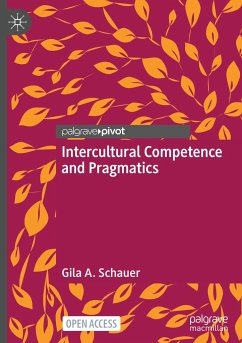
Exploring Intercultural Communication
Language in Action
Versandkostenfrei!
Versandfertig in 1-2 Wochen
167,99 €
inkl. MwSt.
Weitere Ausgaben:

PAYBACK Punkte
84 °P sammeln!
Exploring Intercultural Communication 2nd edition increases and updates the coverage on emerging key topics, including symbolic power, communicative turbulence, conversational inequality, stereotypes, racism, Nationality and Ethnicity talk, and the impact and role of technology in intercultural communication. Using global examples from a range of genres, this book is an indispensable resource for students taking language and intercultural communication modules within Applied Linguistics, TESOL, Education or Communication Studies courses.














